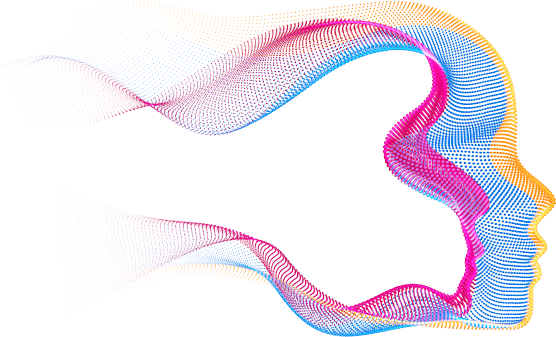
This post introduces the reasoning behind William’s Ambiguity Project:
If I say, “Imagine a Table.” You might visualize one with four legs or you might visualize one with rows and columns. The meaning of the word “Table” is ambiguous—most of the words in our everyday language have multiple meanings. Within your mind, on the other hand, you know precisely what Table you have imagined, there is no ambiguity. Although you can imagine more than one thing at a time, each thing you think of is unambiguous.
Young children learn about the real world years before they develop the language skills to express their thoughts. The implication? A system which understands that objects and actions exist in the world can add language to represents these; but a system which is based on language (a la GPT) will never intuit the reality that language might represent.
We need to resolve the dilemma of relating language, which is hugely ambiguous, to the mind’s internal representation, which is not. Being multilingual simply compounds the problem with each Thing in the UKS being expressible with multiple words depending on the chosen language. This underscores the NECESSARY separation between language and the abstract thoughts it can represent.
The solution is to create UKS Things which represent concrete thoughts and SEPARATELY, create UKS Things which represent words (or compound words/phrases) and relate them. Thus, any word can be related to any number of thoughts and any thought can be described by any number of words. If we were to implement a multilingual system, the word Things themselves might inherit from (“is-a”) EnglishWord or FrenchWord, for example.
This is largely handled with a “means” Relationship Type. By convention (for now) words are prefixed with a “.” to differentiate them from concrete thoughts. Thus:
- .table is-a EnglishWord
- .table means table0
- .table means table1
- table0 is-a furniture-item
- table1 is-a information-layout
Because all Relationships can be traversed in reverse, if the system sees a table (furniture), it can use the word “table” and if it sees a table (information-layout) it can also use the word “table”.
William has implemented all of the above in the “Ambiguity” branch along with modules which can probe ChatGPT to get multiple word meanings and create the UKS content.



